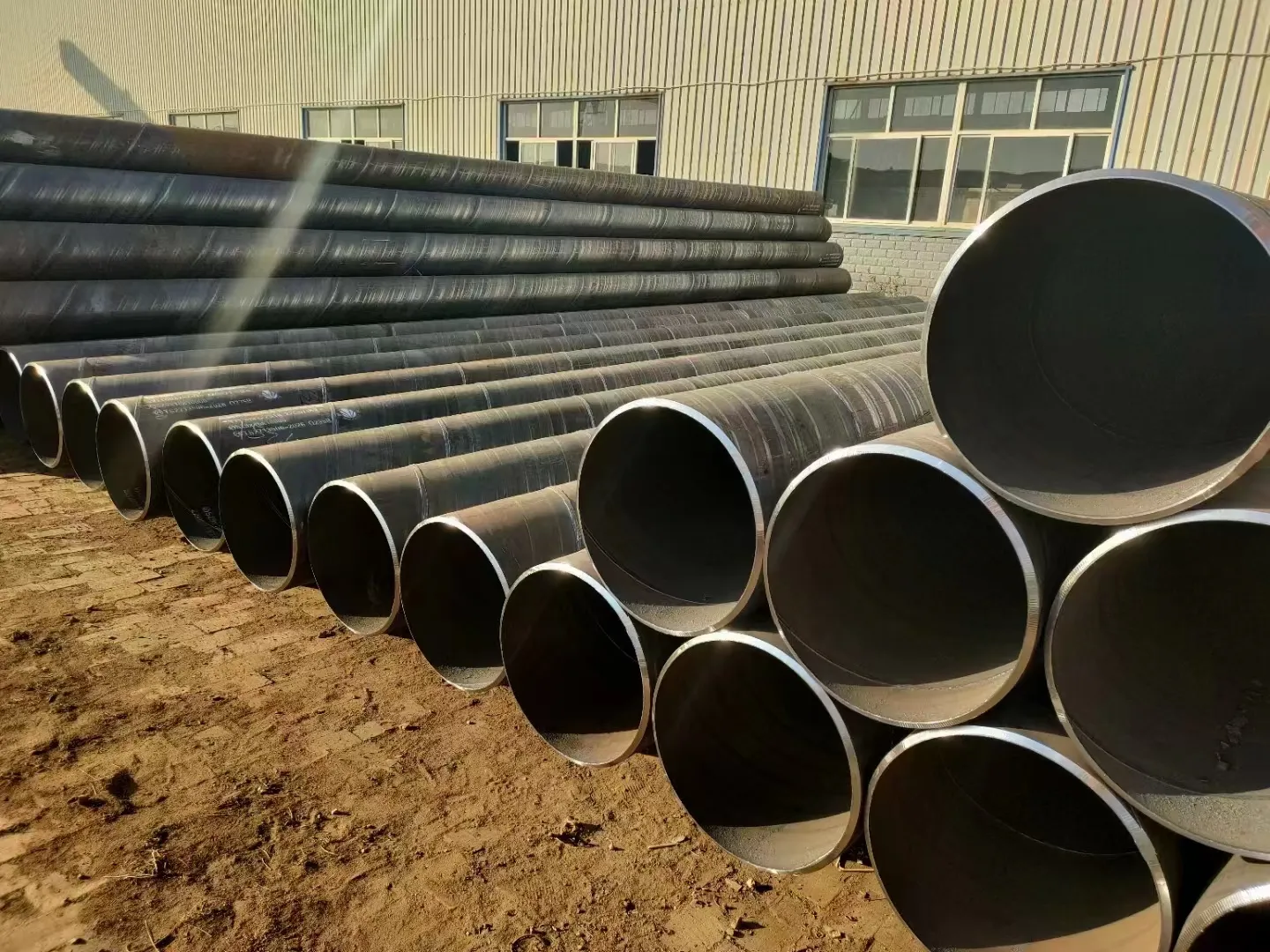-
Cangzhou Yulong Steel Co., Ltd.
-
Phone:
+86 13303177267 -
Email:
admin@ylsteelfittings.com
- English
- Arabic
- Italian
- Spanish
- Portuguese
- German
- kazakh
- Persian
- Greek
- French
- Russian
- Polish
- Thai
- Indonesian
- Vietnamese
- Zulu
- Korean
- Uzbek
- Hindi
- Serbian
- Malay
- Ukrainian
- Gujarati
- Haitian Creole
- hausa
- hawaiian
- Hebrew
- Miao
- Hungarian
- Icelandic
- igbo
- irish
- Japanese
- Javanese
- Kannada
- Khmer
- Rwandese
- Afrikaans
- Albanian
- Amharic
- Armenian
- Azerbaijani
- Basque
- Belarusian
- Bengali
- Bosnian
- Bulgarian
- Catalan
- Cebuano
- China
- China (Taiwan)
- Corsican
- Croatian
- Czech
- Danish
- Esperanto
- Estonian
- Finnish
- Frisian
- Galician
- Georgian
- Kurdish
- Kyrgyz
- Lao
- Latin
- Latvian
- Lithuanian
- Luxembourgish
- Macedonian
- Malgashi
- Malayalam
- Maltese
- Maori
- Marathi
- Mongolian
- Myanmar
- Nepali
- Norwegian
- Norwegian
- Occitan
- Pashto
- Dutch
- Punjabi
- Romanian
- Samoan
- Scottish Gaelic
- Sesotho
- Shona
- Sindhi
- Sinhala
- Slovak
- Slovenian
- Somali
- Sundanese
- Swahili
- Swedish
- Tagalog
- Tajik
- Tamil
- Tatar
- Telugu
- Turkish
- Turkmen
- Urdu
- Uighur
- Welsh
- Bantu
- Yiddish
- Yoruba

Sep . 04, 2024 16:03 Back to list
ASME A333 Standard for Seamless and Welded Steel Pipe for Low-Temperature Service
Understanding ASME A333 Specifications for Seamless and Welded Steel Pipes
The American Society of Mechanical Engineers (ASME) has developed a series of standards that govern the application, manufacturing, and quality control of materials used in various industrial sectors. One such important standard is ASME A333, which specifically addresses the specifications for seamless and welded steel pipes intended for low-temperature service. This standard is crucial in industries where environmental conditions can be extreme, impacting the integrity and performance of materials.
Scope and Purpose of ASME A333
ASME A333 outlines the requirements for several grades of carbon and alloy steel pipes that are capable of withstanding temperatures as low as -45°F (-43°C). This standard is particularly relevant for applications in the oil and gas industry, chemical processing, and other sectors where fluids and gases are transported under conditions of low temperature.
The primary purpose of the standard is to ensure that the materials used in construction can maintain their integrity, toughness, and ductility when exposed to such harsh conditions. This is essential, as low temperatures can lead to increased risk of brittle fracture, which can have catastrophic consequences in pipeline systems.
Grade Specifications
ASME A333 includes multiple grades, each tailored to meet specific applications and requirements. The most commonly referenced grades include A333 Grade 1 and Grade 6, with variations defined by their chemical composition, mechanical properties, and heat treatment processes.
- A333 Grade 1 This grade is primarily composed of low carbon steel and is suitable for moderate low-temperature applications. It offers good impact toughness and is often used in fields where shock loading can occur.
asme a333

- A333 Grade 6 This variant is more robust, incorporating higher levels of manganese and is designed for applications requiring higher strength and durability. It is often utilized in critical infrastructure where failure is not an option.
Manufacturing Process
The manufacturing process for pipes that conform to ASME A333 is rigorously defined. These can be produced either through seamless or welded methods, with each method offering distinct advantages. Seamless pipes are generally preferred for their uniform strength and eliminate the risk of weak points inherent in welded sections.
Welded pipes, however, can be advantageous in terms of production efficiency and cost. Regardless of the method chosen, all manufactured pipes must pass stringent quality control measures, including non-destructive testing to ensure they meet the specified standards.
Impact on Industry
The adoption of ASME A333 has significantly influenced various industries by providing a clear framework within which manufacturers and engineers can work. It ensures that all materials used are reliable and capable of performing under critical conditions. The unification of standards simplifies the procurement process and allows for better communication between engineers, manufacturers, and customers.
In conclusion, ASME A333 is a vital standard for ensuring the safe use of steel pipes in low-temperature applications. By adhering to these specifications, industries can mitigate risks associated with material failure, thereby ensuring operational efficiency and safety in challenging environments. As industries continue to evolve and seek out materials capable of meeting stringent performance requirements, standards like ASME A333 remain essential for promoting innovation and sustainability in material engineering.
Latest news
-
ANSI 150P SS304 SO FLANGE
NewsFeb.14,2025
-
ASTM A333GR6 STEEL PIPE
NewsJan.20,2025
-
ANSI B16.5 WELDING NECK FLANGE
NewsJan.15,2026
-
ANSI B16.5 SLIP-ON FLANGE
NewsApr.19,2024
-
SABS 1123 FLANGE
NewsJan.15,2025
-
DIN86044 PLATE FLANGE
NewsApr.19,2024
-
DIN2527 BLIND FLANGE
NewsApr.12,2024
-
JIS B2311 Butt-Welding Fittings LR/SR 45°/90° /180°Seamless/Weld
NewsApr.23,2024











